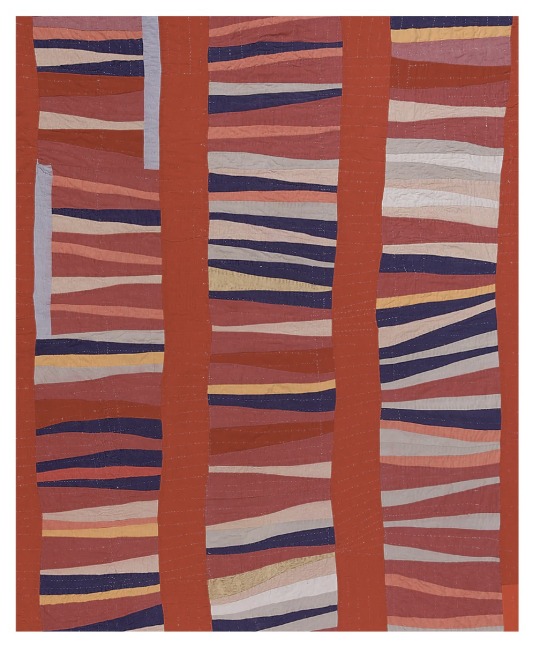#gee's bend
Photo


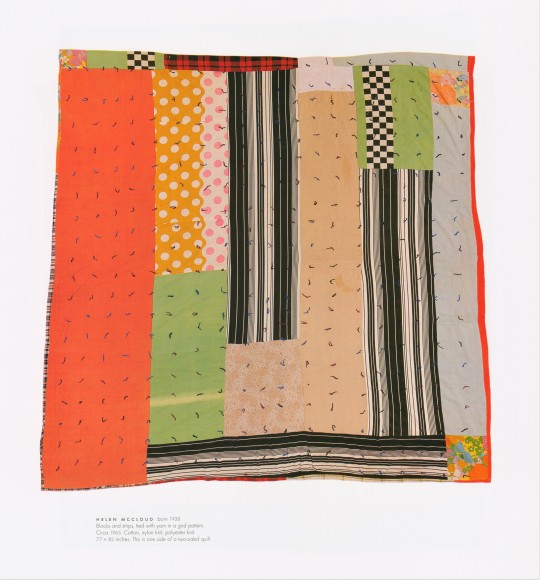
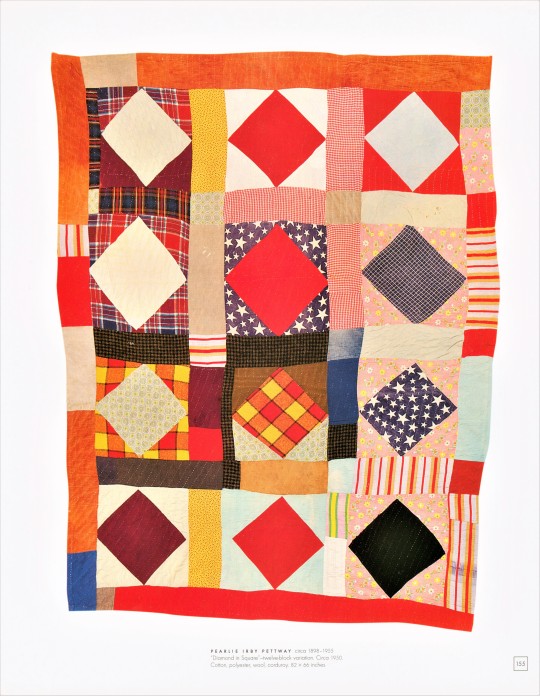
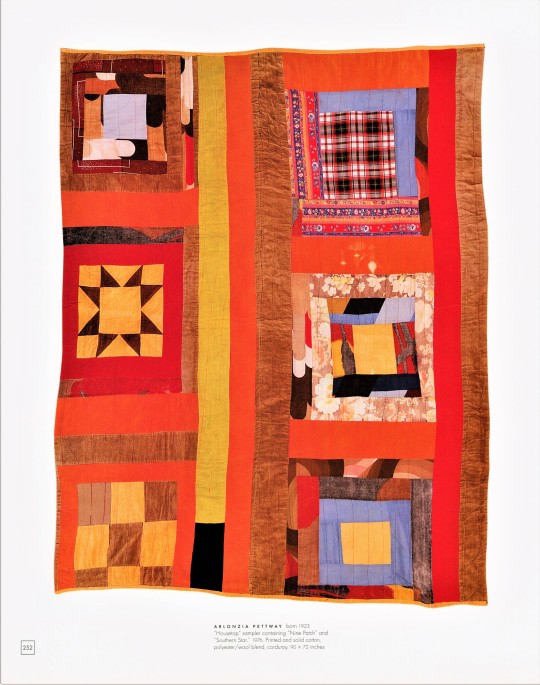



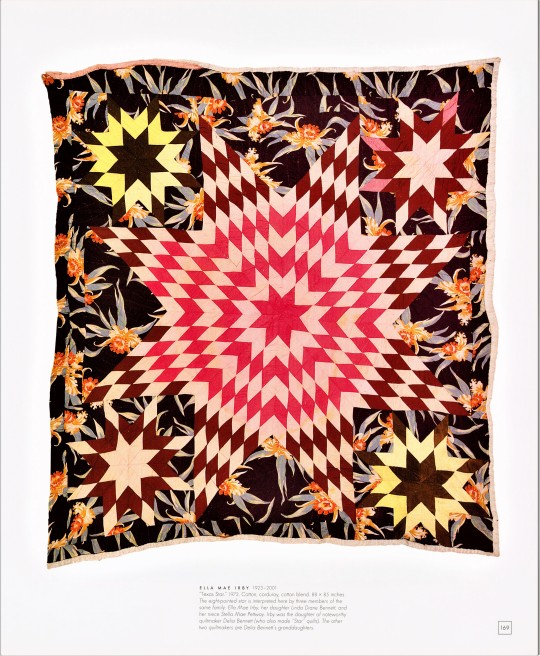
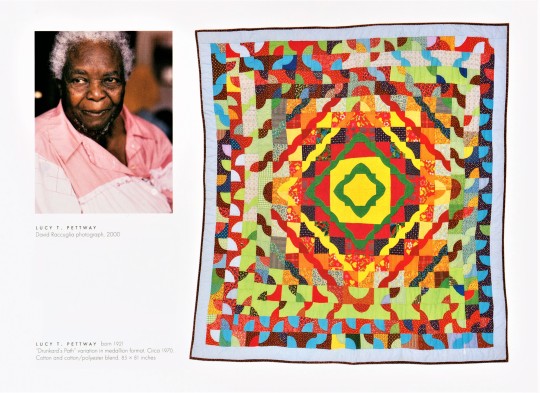
Decorative Sunday
GEE’S BEND QUILTS
Since the 19th century, the women of Gee’s Bend in southern Alabama have created stunning, vibrant quilts. In 2002, folk art collector, historian, and curator William Arnett organized an exhibition entitled "The Quilts of Gee's Bend," which debuted at the Museum of Fine Arts in Houston and later travelled to a dozen other locations across the country, including our own Milwaukee Art Museum (September 27, 2003 - January 4, 2004). This exhibition brought fame to the quilts, and Arnett's foundation Souls Grown Deep Foundation continues to collect and organize exhibitions for Gee’s Bend Quilts.
The images shown here are from Gee’s Bend: The Women and Their Quilts, with essays by John Beardsley, William Arnett, Paul Arnett, and Jane Livingston, an introduction by Alvia Wardlaw, and a foreword by Peter Marzio. The book was published in 2002 by Tinwood Books, Atlanta, and published in conjunction with the 2002 exhibition at the Museum of Fine Arts, Houston. It includes 350 color illustrations and 30 black-and-white illustrations. The dust jacket notes observe:
The women of Gee’s Bend - a small, remote, black community in Alabama - have created hundreds of quilt masterpieces dating from the early twentieth century to the present. . . . [The] quilts carry forward an old and proud tradition of textiles made for home and family. They represent only a part of the rich body of African American quilts. But they are in a league by themselves. Few other places can boast the extent of Gee’s Bends’s artistic achievement, the result of geographical isolation and an unusual degree of cultural continuity. In few places elsewhere have works been found by three and sometimes four generations of women of the same family, or works that bear witness to visual conversations among community quilting groups and lineages.
Our copy is a gift from our friend and benefactor Suzy Ettinger.
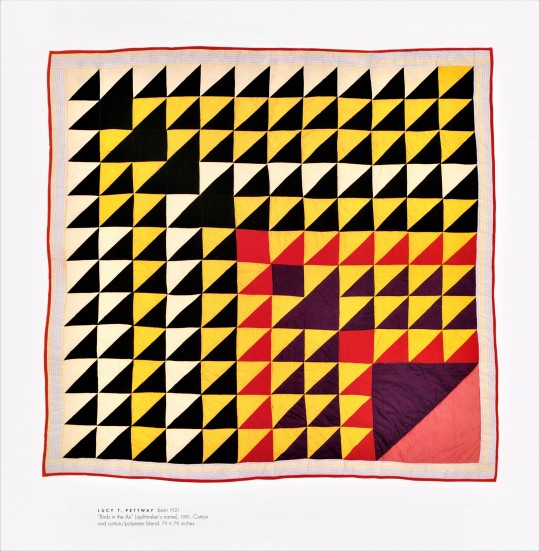
View more Black History Month posts.
View more Decorative Sunday posts.
#Decorative Sunday#Black History Month#decorative plates#decorative arts#quilts#Gee's Bend#quilts of Gee's Bend#Gee’s Bend: The Women and Their Quilts#Museum of Fine Arts in Houston#William Arnett#John Beardsley#Paul Arnett#Jane Livingston#Alvia Wardlaw#Peter Marzio#Tinwood Books#Suzy Ettinger#Black artists#Black women artists
593 notes
·
View notes
Photo

African American Family at Gee's Bend, Alabama, Arthur Rothstein, 1937
#photography#vintage#vintage photography#arthur rothstein#1930s#1937#black and white photography#alabama#gee's bend#american#boykin#portrait
193 notes
·
View notes
Text
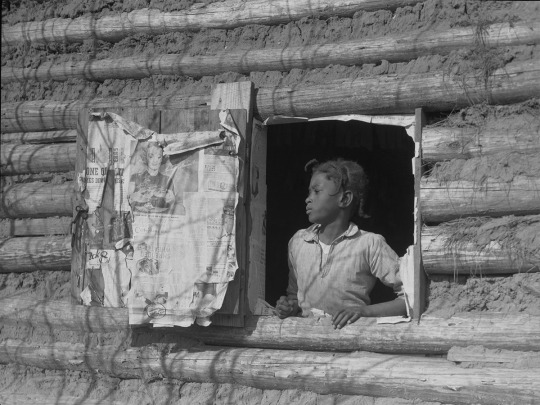
April 1937 "Girl at Gee's Bend. Descendants of slaves of the Pettway family are still living very primitively on the plantation." Wilcox County, Alabama (Caption from Shorpy)
Photo: Arthur Rothstein
View full size
71 notes
·
View notes
Photo
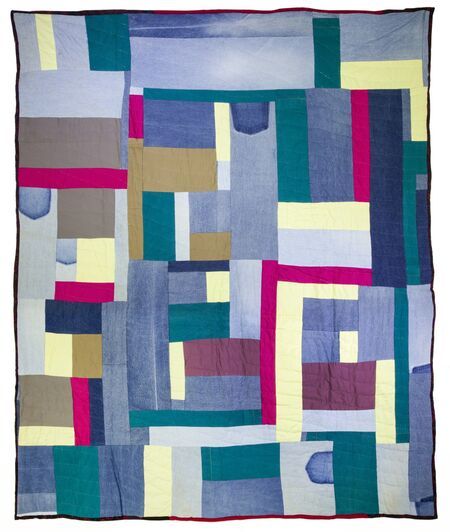
Mary Lee Bendolph (Gee's Bend)
Ghost Pockets, 2003
52 notes
·
View notes
Text

Mary Lee Bendolph | Work Clothes Quilt 2002
#quilts#textile art#21st century art#art#artists#contemporary art#gee's bend#quilters#quilt collectives
16 notes
·
View notes
Text
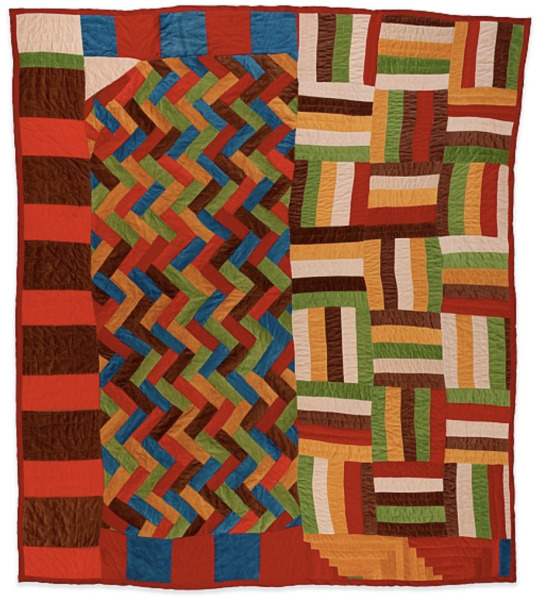
Nettie Pettway Young, "Sampler Quilt." ca. 1970-1975.
2 notes
·
View notes
Text
Questlove wore designs inspired by the Black women quilters of Gee’s Bend!
more about Gee’s Bend quilters
he also wore similar designs for his Oscar win for #SummerOfSoul
gonna look for photos....
#questlove#gee's bend#a tribe call quest#support Black women#met gala#the folklorist in me is thrilled#the women's historian in me is thrilled#the Tribe Called Quest fan in me is THRILLED
2 notes
·
View notes
Text

Quilt of Gee’s Bend
HOUSETOP HALF-LOG CABIN, Jessie T. Pettway, circa 1975
408 notes
·
View notes
Text
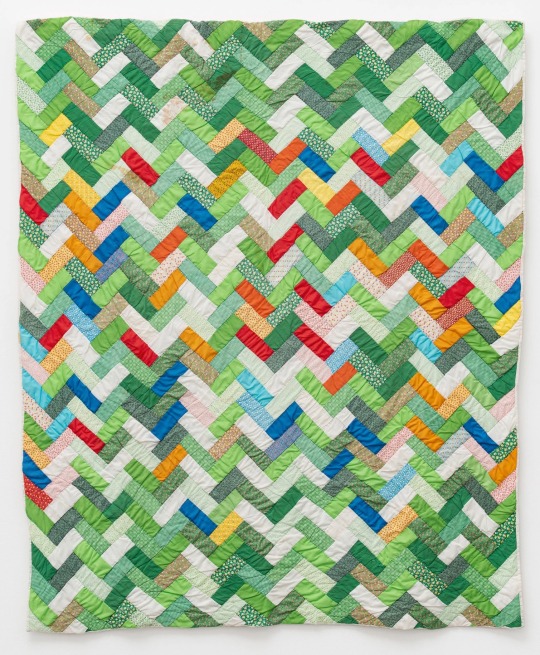
Candis Mosely Pettway
Coat of Many Colors
1970
#quilt#quilting#quiltblr#quilt making#gee’s bend#gees bend#freedom quilting bee#quilting bee#women artists#american art#art history#modern art#aesthetictumblr#tumblrpictures#tumblrpic#african american art#black artists#tumblrstyle#tumblr art#tumblrposts#aesthetic#Candis Mosely Pettway
143 notes
·
View notes
Text
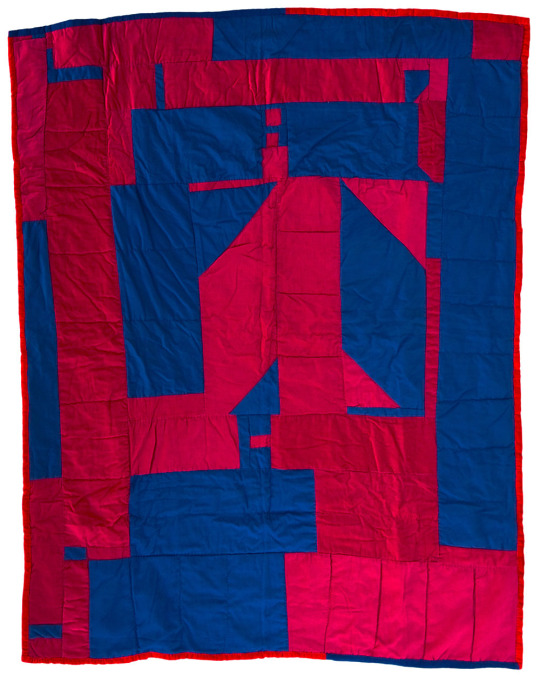
UNFINISHED HOUSE, 2008
Quilted fabric
74 x 64 inches
Greg Kucera
20 notes
·
View notes
Text
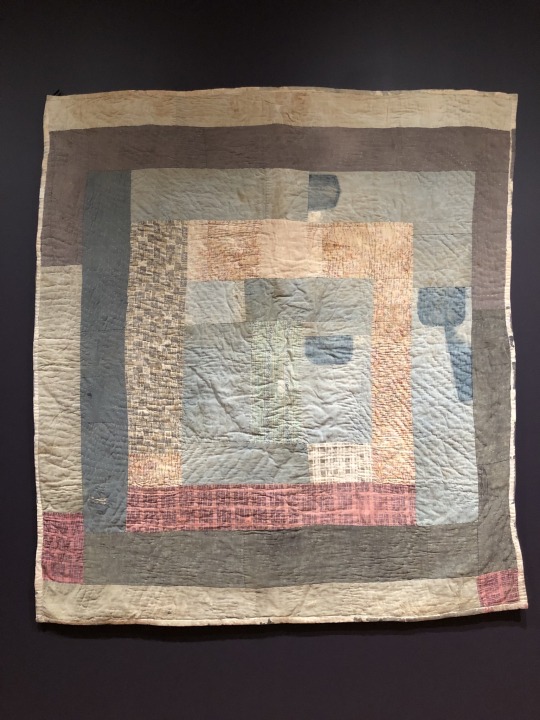


Housetop variation quilt and two mending details by Henrietta Pettway, 1920-1929
12 notes
·
View notes
Text
The Quilters of Gee's Bend
To celebrate International Women's Day, but also because I think everyone should know these amazing women artists

Gee's Bend is an isolated, rural community in southwestern Alabama. It is a community originally formed by the emancipated peoples of the cotton plantation of Joseph Gee, on the former plantation lands. They worked the land as cotton sharecroppers until a Depression-era Federal program helped residents acquire the land outright.
Quilting began as a necessity in the 19th century. Women in the community quilted with whatever little scraps of leftover or worn fabric they could procure - patchwork quilting. This led to a style of quilting very different from more regularized patterns; forms were more freeform and dictated by the shape of the fabric at hand. The Gee's Bend patchwork style was passed down through generations of families living in the community; it came to develop it's own artistic "fingerprint" through the isolation of the community.
By the 1960s the economy in the rural area was very bad due to the continuing fall in cotton prices over decades. As a way to supplement community incomes, the local quilters formed the Freedom Quilting Bee, a workers' cooperative that gave them a forum for selling their quilts. The quilts quickly became sought after by collectors, due to their daring abstract patterns, which so seemed to echo and interact with ongoing "high art" stylistic progression of the 20th century. Gee's Bend quilts today are still some of the most sought after and valued.

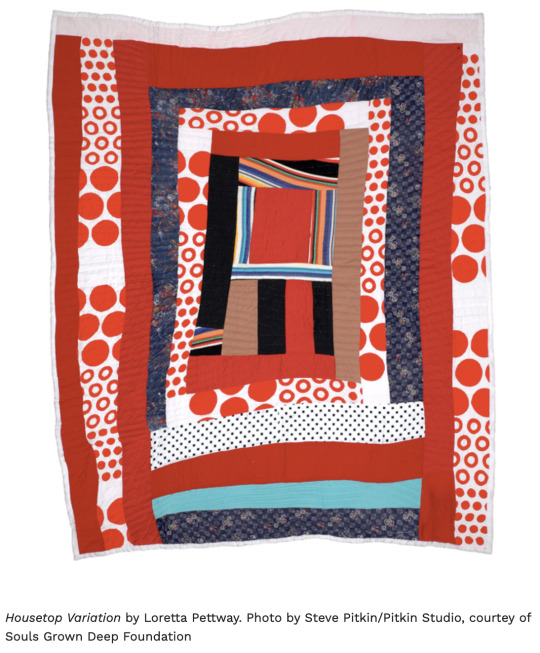


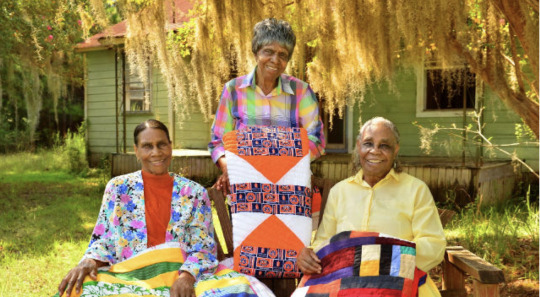
Quilters Loretta Pettway, Lucy Mingo, and Mary Lee Bendolph photographed in 2015 for the NEA National Heritage Award
Please take a look at the Souls Grown Deep Foundation website, where you can learn more about the individual quilters, see more images of their works, and learn more about the community.
72 notes
·
View notes
Text
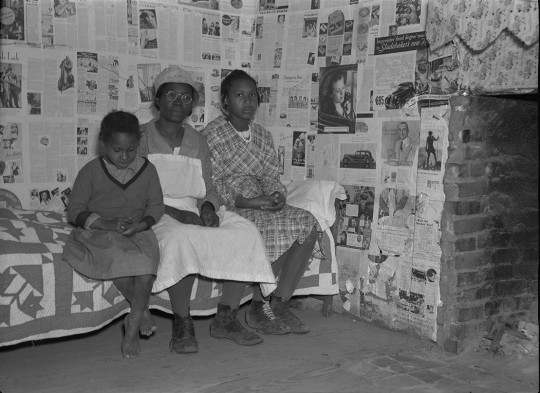
"Descendants of slaves of the Pettway plantation, at Gees Bend, Alabama. They are still living very primitively on the plantation, February 1937"
Photo: Arthur Rothstein
31 notes
·
View notes
Photo
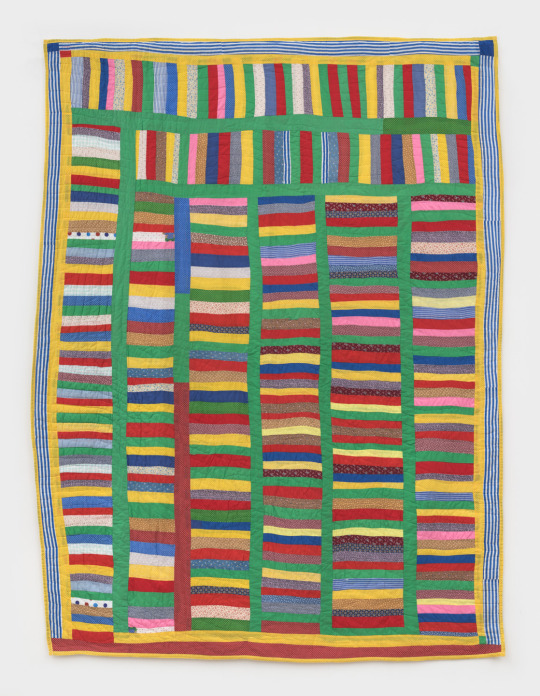
Gees Bend
6 Columns, 2 Rows, c. early 1970s
Cotton quilt
447 notes
·
View notes
Text
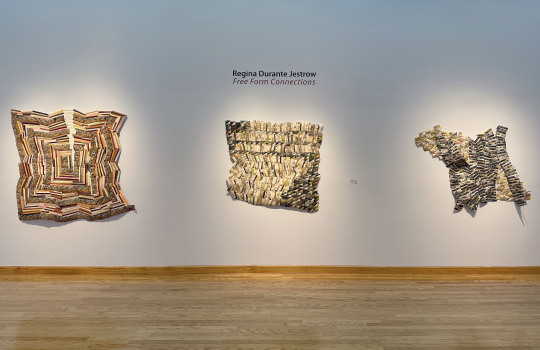
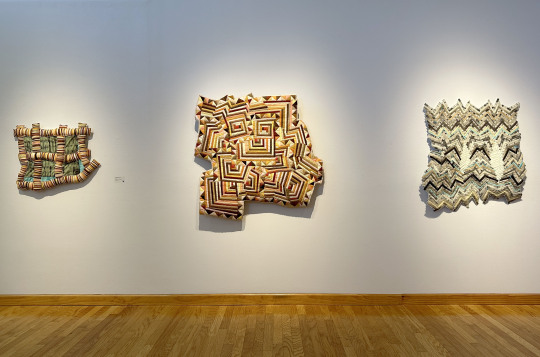

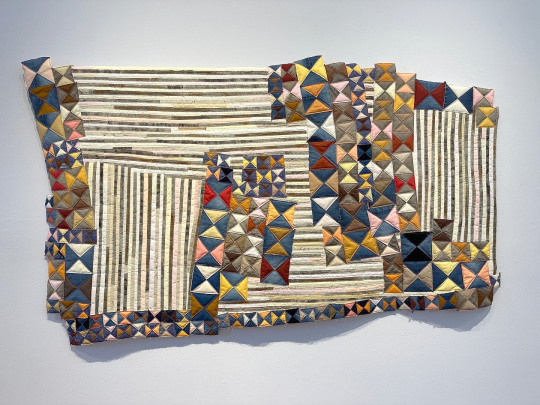


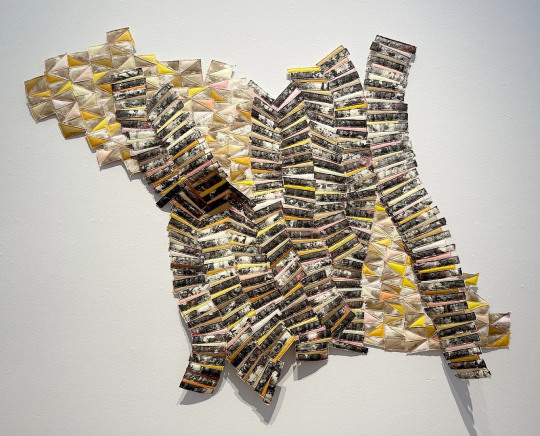
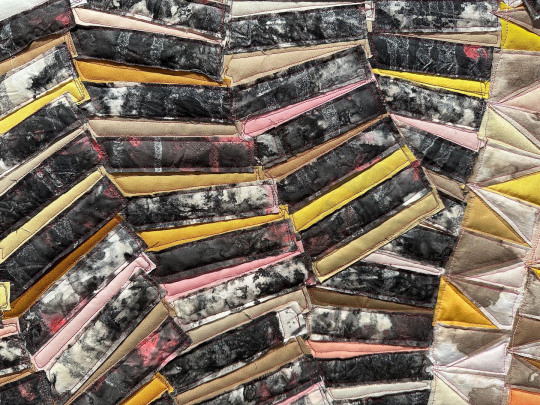
The work above is from Regina Durante Jestrow’s current exhibition Free Form Connections at Dunedin Fine Art Center.
The artist’s statement about the exhibition-
This exhibition includes my organically shaped geometric art quilts from various series from 2020-23. I utilize improvisation, repeat patterns and shifts in scale while incorporating colors, textures, and structures representative of the diversity of the people and the natural surroundings of my current home in South Florida.
I use diversely toned second-hand, gifted, or saved fabrics and dyes from locally sourced plants and rust. Textiles are also manipulated with burning and staining with inks and acrylic paint. Other materials, such as neoprene, sequins, and faux leather, reference Miami’s pop culture.
Along with my constant interest in American Folk-Art Quilts, geometric-abstract artists from the mid to late twentieth century are my influencers, including Gees Bend quilters, Elizabeth Murray, Helen Frankenthaler, Anni Albers, and Gego. These artistic voices have driven me to create quilts of scale with strong personal symbolism and narrative.
This exhibition is on view until 8/13/23.
#regina durante jestrow#dunedin fine art center#fiber arts#quilts#mixed media#sculpture#art#art shows#florida art shows#gees bend quilters#florida artist
15 notes
·
View notes
